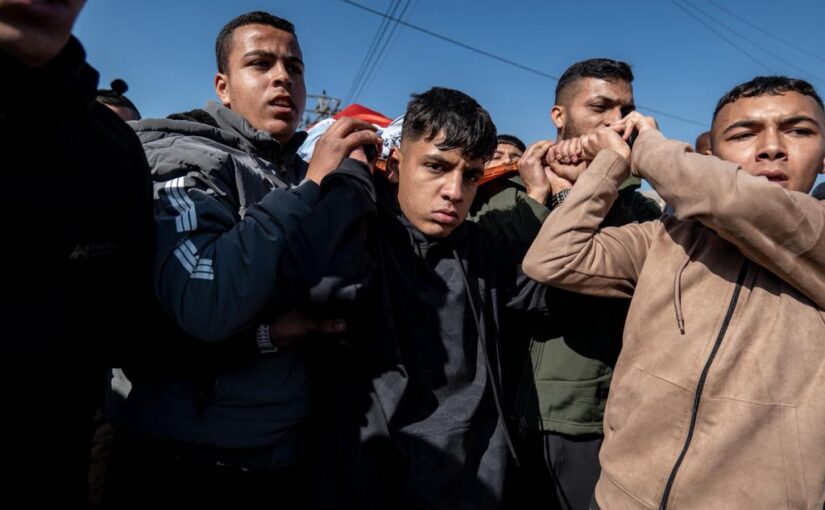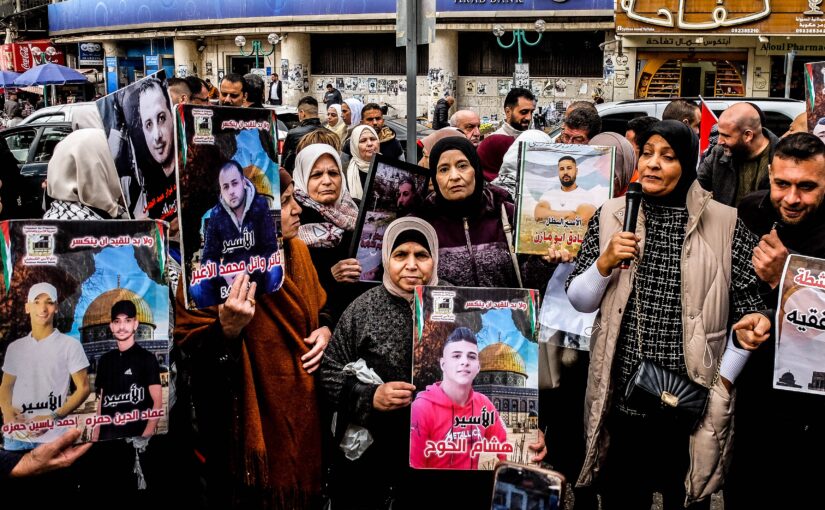Tag: Nablus
-
What Does Israel Want in The West Bank?
Northern West Bank By Diana Khwaelid Israel is carrying out massive military operations to displace residents of camps in the northern West Bank, unprecedented since the Second Intifada. Since the seventh of October, Israeli attacks on West Bank cities, especially in the north, have not stopped. We are talking about the cities of Jenin, Tulkarm, Tubas,…
-
Israel Targets Palestinian Youth in the West Bank
Nablus – West Bank By: Diana Khwaelid What will happen to the next generation of youth if Israel continues to target and kill Palestinian children? The Palestinian people are enduring a difficult period, one that mirrors the challenges faced during the First and Second Intifadas, perhaps even more so. This struggle has only intensified since…
-
The voice of family members of detainees in Israeli jails
On Monday 25 November, about eighty women, mothers, sisters and wives, gathered in Nablus, in the West Bank, to demonstrate in solidarity with the nearly 100 women detained in Israeli jails, along with around 12,000 men, to demand their release and an end to the ongoing genocide in Gaza. Their family members have been in…


